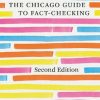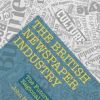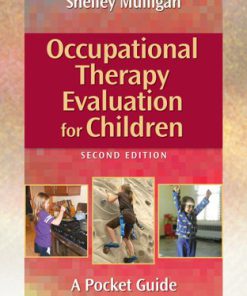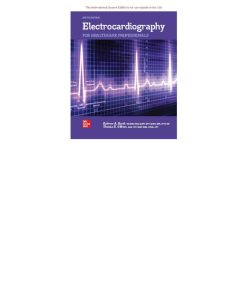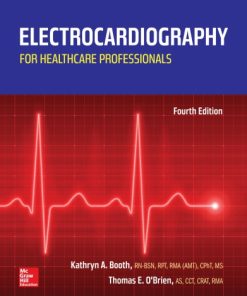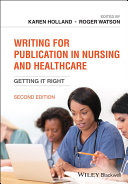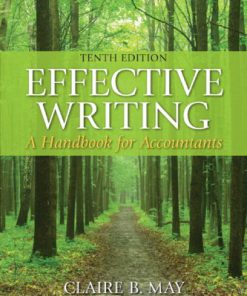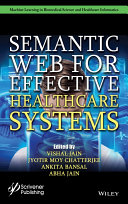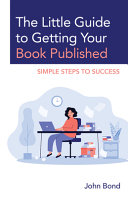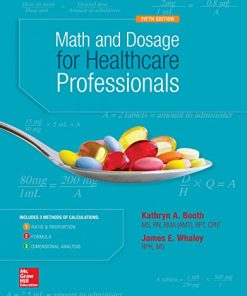Effective Writing for Healthcare Professionals A Pocket Guide to Getting Published 2nd Edition by Megan Jane Johnstone 1000984255 9781000984255
$50.00 Original price was: $50.00.$25.00Current price is: $25.00.
Effective Writing for Healthcare Professionals: A Pocket Guide to Getting Published 2nd Edition by Megan-Jane Johnstone – Ebook PDF Instant Download/DeliveryISBN: 1000984255, 9781000984255
Full download Effective Writing for Healthcare Professionals: A Pocket Guide to Getting Published 2nd Edition after payment.
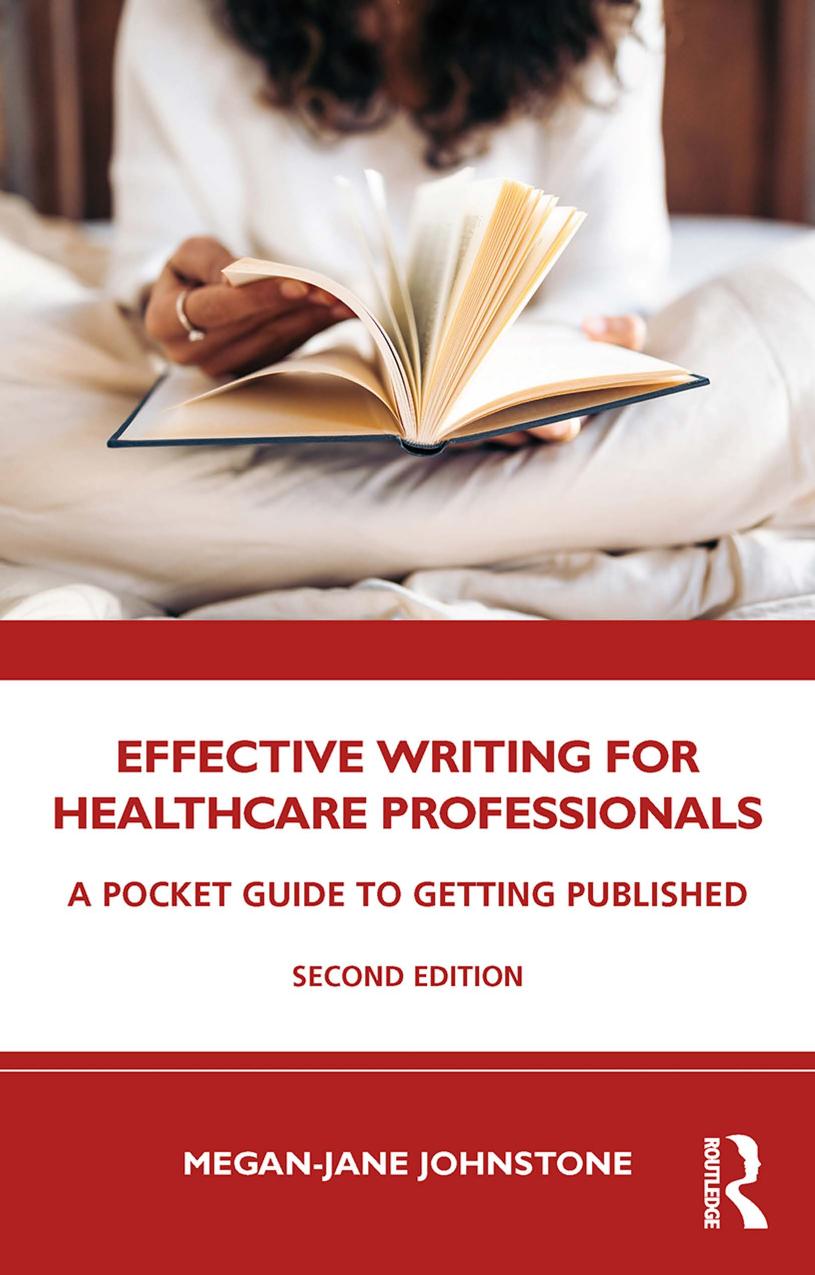
Product details:
ISBN-10 : 1000984255
ISBN-13 : 9781000984255
Author : Megan-Jane Johnstone
This new edition of Effective Writing for Healthcare Professionals is an invaluable insider’s guide to publishing, providing tips and advice for time-poor professionals working in the healthcare sector. But how do you get published? Where do you start? How do you know if your writing is good enough and what can you learn to make it better? Offering an accessible guide to the key issues, this is the perfect book for those who have busy working lives and find the process of writing challenging. It covers issues ranging from getting started to the winning habits of successful authors; from the rights and responsibilities of authors to how to get noticed. This new edition has been updated to include guidance on publishing norms, collaborative digital platforms, social media, and the impact of the COVID-19 pandemic on publishing trends. Written by a best-selling academic author, this is an essential resource for novice writers and healthcare providers interested in publishing their work.
Effective Writing for Healthcare Professionals: A Pocket Guide to Getting Published 2nd Table of contents:
1 Writing, publication, and scholarship in the healthcare professions
Introduction
Writing, publication, and scholarship
The importance of writing for publication
The greatest stories never told
Hurdles to publishing
Conclusion
Exercises
References
2 Getting started
Introduction
Getting focused on achieving your writing goals
Choosing a topic
Choosing your audience
Choosing your publication outlet
Professional journals
Conducting an analysis of professional journals
Meeting editorial requirements
Academic book publishers
Market survey
Writing a book
Initial inquiry
Formulating a book proposal
Newsletters, newspapers, blogs, and social media platforms
Conclusion
Exercises
References
3 The writing process
Introduction
The elements of style
Writing with ‘voice’
Can style be taught?
The principles of style
Aim for simplicity
Avoid trite phrases and clichés
Use figures of speech appropriately
Avoid euphemisms, slang, and colloquialisms
Choose your words carefully
Avoid repeating key words
Avoid redundancy
Use alliteration
Keep sentences as short as possible
Develop a feel for rhythm
Be original
The contrapuntal device
Drafting and redrafting
Conclusion
Exercises
References
4 The winning habits of successful authors
Introduction
The will to write
Write about what you know
Write about what interests you
Keep a notebook
Practice writing
Make time
Develop a ‘good’ writing style
Read prolifically and attentively
Be an excellent researcher
Have a great filing system
Have a fabulous home library
Get feedback from others
Be a mentor and coach to yourself
Accept the rewards and punishments
Rewards
Punishments
Submission
Rejection
Criticism
Redundancy
Politics of envy
Be professional
Have a place to write
Develop momentum
Conclusion
Exercises
References
5 Producing a work
Introduction
The active process of writing
Writing a persuasive commentary, editorial, or opinion piece
Writing scholarly philosophic works and critical essays
The tenets of philosophic inquiry and scholarly writing
The structure of a scholarly philosophic work
Prototype plan for structuring a scholarly philosophic paper
Writing empirical research articles
Writing for newsletters
General advice on producing a work
Choosing a title
Preparation
Literature reviews
Writing an abstract
Crafting the introduction
The use of headings and subheadings
The ‘Matrioshka principle’
Unfettered writing
Staying on track
Crafting the conclusion
Bibliographies and reference lists
Conclusion
Exercises
References
6 Troubleshooting
Introduction
Generating ideas
Overcoming writer’s block
Dealing with procrastination
Benefits and challenges of co-authorship
Promises and perils of commissioned writing
Challenges of converting assignments and minor theses into publications
Preparing conference papers for publication
Making revisions
Spelling, grammar, and other stylistic issues
Back-up copies
Lifestyle and finding a balance
Conclusion
Exercises
References
7 Promoting, making visible, and maximising the impact of your work
Introduction
Professional symposiums
Conferences and seminars
Utilisation of scholarship in education and professional practice development
Digital platforms and collaboration networks
ORCID
ResearchGate (RG)
Kudos
LinkedIn
Google Scholar alerts and Google Scholar profile
Social media
Mass-circulation media and press releases
Institutional and staff profiles
Shared voices—lessons from history
Conclusion
Exercises
References
8 Publishing norms and author responsibilities
Introduction
The norms of authorship
Integrity
Prudence
Justice
Fortitude
Temperance
Breaches of the norms of authorship
Authorship misattribution
Questionable conduct
Deceptive practices
Plagiarism
Conclusion
Exercises
References
9 Academic freedom, copyright, and author rights
Introduction
Academic freedom
Hate speech
Publishing law
Publishing contracts
Copyright
Moral copyrights
Retaining, licensing, and assigning copyright
Copyright permission
Disputes about copyright
Contractual obligations
Defamation
Conclusion
Exercises
References
10 Publishing norms in the spotlight: lessons from the COVID-19 pandemic
Introduction
Author misconduct
Lessons learned
Conclusion
References
People also search for Effective Writing for Healthcare Professionals: A Pocket Guide to Getting Published 2nd:
top 10 qualities of a great healthcare professional
effective writing for health care
writing for healthcare professionals
effective written communication in healthcare
health writing for health professionals
Tags: Effective Writing, Healthcare Professionals, Pocket Guide, Getting Published, Megan Jane Johnstone
You may also like…
Medicine - Medicine & Nursing Reference
Writing for Publication in Nursing and Healthcare: Getting it Right 2nd Edition
Computers - Computer Science
Semantic Web for Effective Healthcare Systems 1st Edition Vishal Jain
Technique - Publishing


